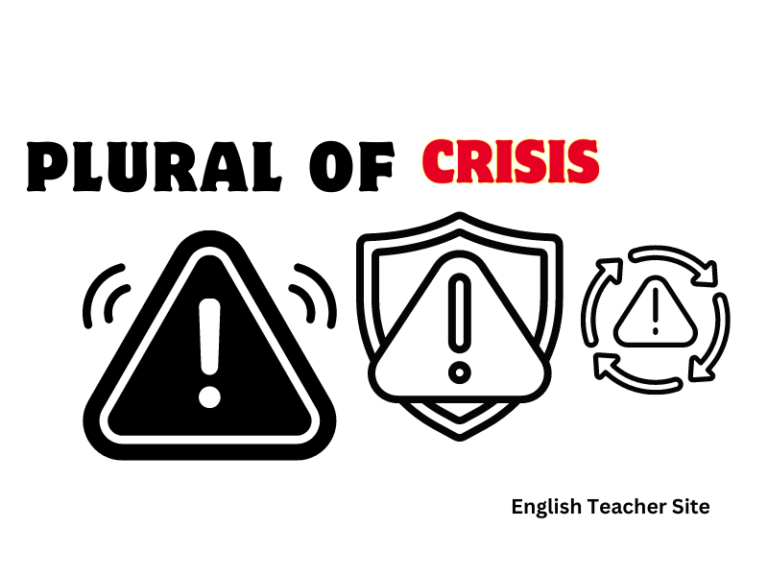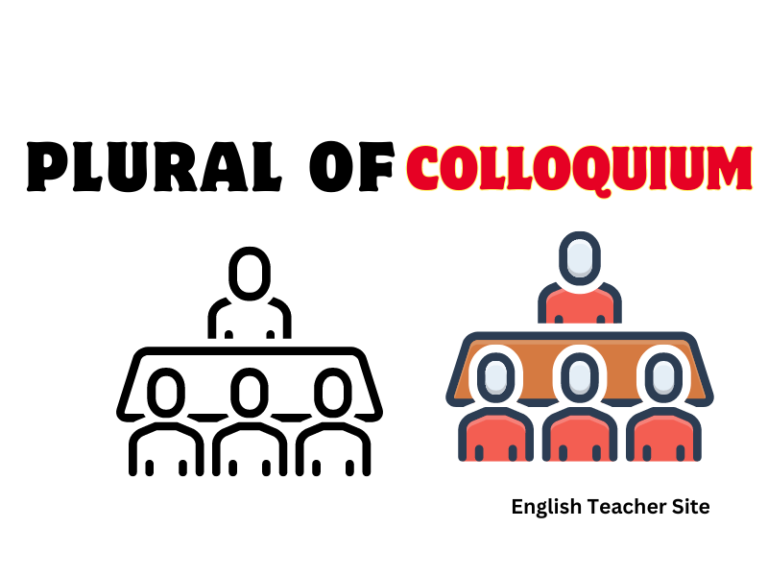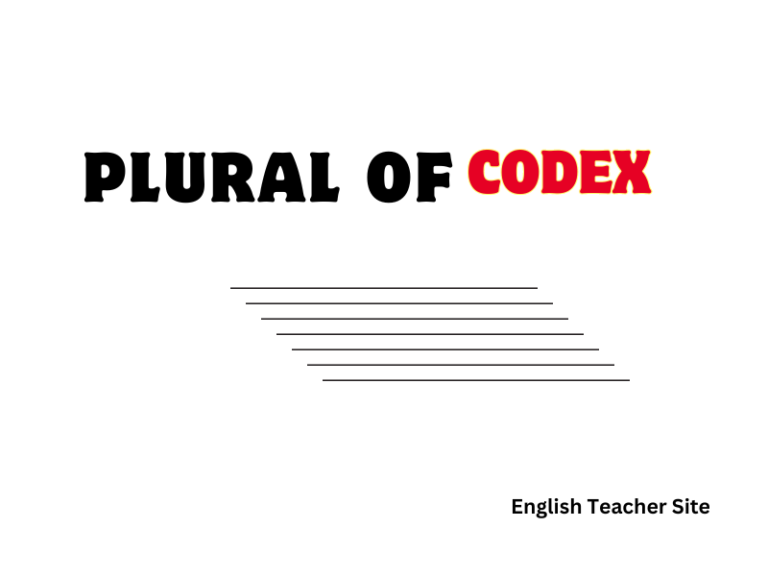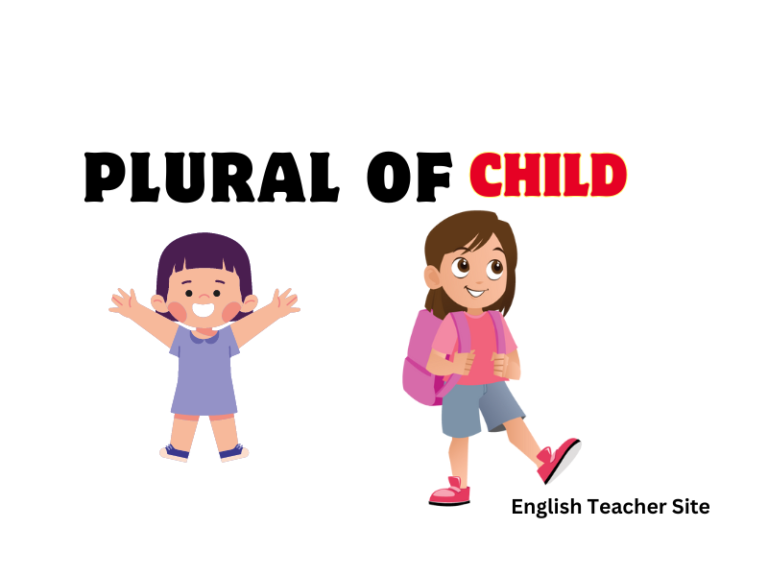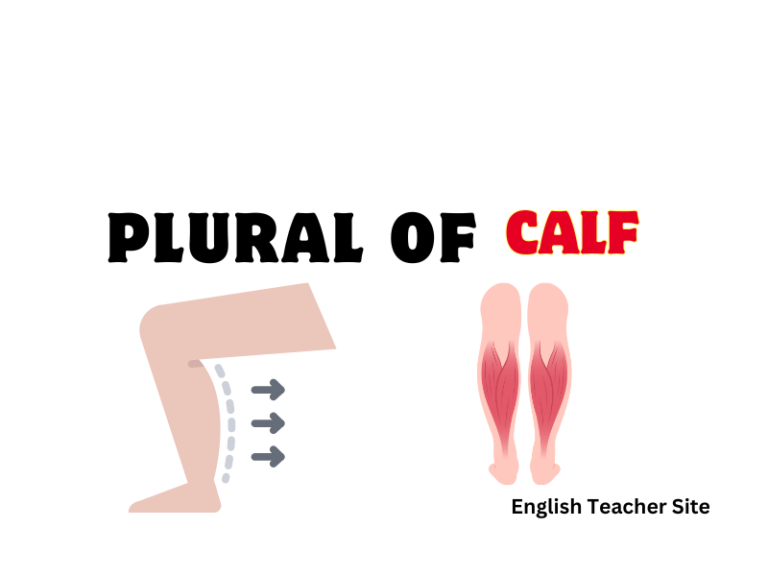What’s the Plural of Curriculum? Understanding Educational Terminology
The word “curriculum” is frequently used in the context of education, referring to the set of courses or content offered by an educational institution. However, when it comes to discussing more than one curriculum, many find themselves uncertain of the correct plural form. This is a common point of confusion, as several words that hail…


